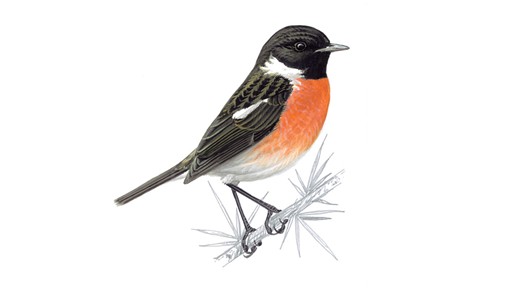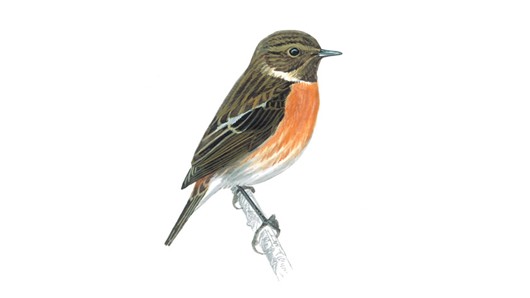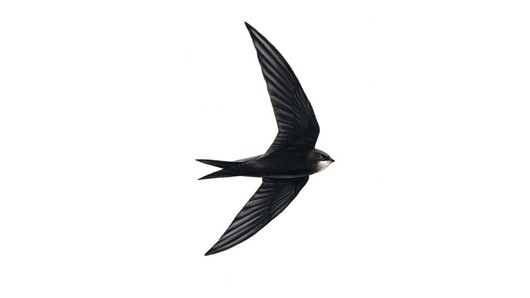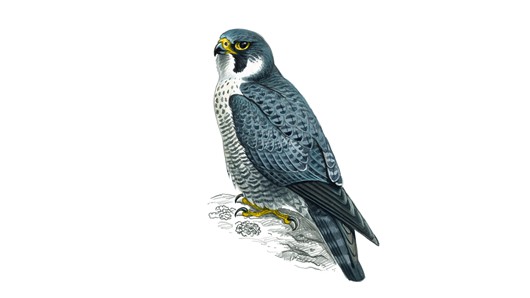Well, we did indeed go back to Holywell Bay that weekend but unfortunately we didn’t see any birds apart from the usual Seagulls (Herring Gulls) that were being pests. I was quite disappointed but I suppose it was later in the season so any brooding birds would have finished brooding, and the babies would have fledged. Quite a shame really as I was looking forward to seeing one again and the noise it made!
Stonechat At Holywell Bay
A month or so ago, my family and I were walking to the beach at Holywell Bay in Cornwall and to get to the beach you have to walk through a naturally occuring wildlife area with tall reeds, sand dunes and other areas that birds love.
We had made it quite close to the beach itself when I happened to see a brightly coloured bird sat on a fence making a strange noise. At first I thought it was a Swallow due to the reddish colour on it, but the more I looked I realised it wasn’t a Swallow at all as the wings were completely different. The noise it was making was different as well and at the time I was completely stumped so made a mental note of trying to find out what it was at some point.
A few days later, I hadn’t had chance to look the bird up in my bird book, and we were watching the new series of Springwatch and to my surprise, they did a feature on the Stonechat. At which point, I recognised the bird and the noise it was making! No wonder I hadn’t recognised it, as I hadn’t even heard of that bird before but it was a lovely looking bird. Thanks Springwatch!! 😉
It turned out to be the male Stonechat that I saw, perched on the top of a fence, which is apparently a common place for them to be perched and calling from, along with tops of low bushes. Stonechats are Robin sized birds with the male and female having a striking difference in colouring. The males have black heads and white around the sides of their neck, with orange breasts and a browny back, whereas females do not have the black head and are often much browner with a slight orange tinge to their chests.
The strange noise that I heard coming from it was the sharp loud call that they have. It sounded like two stones being clicked together and this is actually correct and what they are called after as it is very distinctive!
These birds aren’t often seen in Winter but breed in the Spring in western and southern parts of the country. Their Latin name is Saxicola Torquata and they come from the Chat and Thrush family. They mainly eat insects, seeds and fruit such as blackberries and can be seen and heard mostly in heaths or coastal sites (hence why we saw it at the beach!).
This is a lovely little bird and I would really like to see and hear it again. We are going down to the same beach this weekend so I am hoping to catch a glimpse of it again then. I will report on my findings next week! 😉
Here is an image of a male Stonechat from the RSPB website.

Here is an image of a female Stonechat from the RSPB website.

Speeding Swifts

Whilst cycling along Drake’s Trail a couple of weekends ago, I decided to take a quick break at the viaduct at Bickleigh. Whilst I was having a drink and a snack, I heard lots of bird noises coming from beside the viaduct so I had a look over the edge and saw lots of birds with long wings bombing around. I new instantly that these were Swifts as they were a different colouring to Swallows with a shorter tail and larger wings.
There were at least 10 of them flying about under the viaduct and over it, and sometimes not very far from my head! I had never seen a Swift properly before so I spent a good ten minutes watching them play in the early morning sunshine.
Here is the viaduct at Bickleigh where you should be able to see the many Swift that must nest very close by.
These birds are medium sized and a browny colour, even though they look black when they are flying through the air. Swifts have a short forked tail and are often seen in flocks. They sleep on the wing and are visitors to the UK during the Summer months. They are seen speeding around rooftops and houses, especially in the early hours of the morning or at dusk, catching flying insects or spiders. Their latin name is Apus Apus and they have a distinctive screaming call that makes them sound very excited! They are a joy to watch!
Here is an image of a Swift from the RSPB website.

Peregrine Falcon and Chicks

Whilst I was cycling home from work the other day, I decided to go along Drake’s Trail which meant getting on it at Plym Bridge and cycling up towards Bickleigh. Just along from Plym Bridge is Cann Quarry and I knew somewhere along here was a great spot to view Peregrine Falcons and there were telescopes attached to the bridge over the valley to view them.
When I reached the area with the telescopes I was actually surprised to see a National Trust hut with a National Trust worker running it, a raised platform and two high quality telescopes. I didn’t really have any intentions of stopping as I didn’t know what to expect, but as it was very quiet I stopped and had a look and a chat with the worker there.
When I looked through the telescope I couldn’t really believe that I was seeing a wild female Peregrine Falcon and two chicks in a nest built on the side of a quarry! It was amazing to see this and the telescope made them look crystal clear and quite close up. You could see the details of the Peregrine and the chicks very well. The National Trust guy was explaining all about them which I found very interesting, so I stopped there for a good 10-15 minutes and in the end had to drag myself away, as I could have easily stayed and watched them for a lot longer!

I would recommend anyone with or without an interest in birds to go along and have a look, as it is a wonderful site. All the more wonderful due to not many other Peregrine Falcons in the region having chicks this year. Even if you don’t normally like bird watching, I would still go along as watching these birds may change your mind! But if you are not sure, take a look at the Plym Peregrine Project website for further information.
Peregrine Falcons are residents throughout most of the country all year around, apart from some Central and Eastern areas, where they are only resident in the winter. They are very powerful predators with long, broad pointed wings and a shortish tail. They are coloured grey, white and black with a yellow and dark grey beak, which is quite short. They eat most medium-sized birds such as pigeons and small ducks, and the National Trust worker told me they had seen over 100 different species of birds being taken to the nest to eat. I just can’t get my head around that!
These birds were declining in the 1960’s due to illegal killing from gamekeepers and landowners, but also because of pesticides used in fields which poisoned birds. I am glad to say that the population is recovering well now after better legal protection and control of pesticides.
These are lovely birds and a great site to behold in their natural habitat. So go and see them at Cann Quarry at Plym Bridge and enjoy the amazing view of them. The chicks will not be fledging for another 30 odd days, so there is plenty of time to see them, but I would suggest going several times to see how they grow throughout the time period!
Tawny Owl

Whilst my family and I were out at Shaugh Prior on Dartmoor the other night trying to spot Comet Pan-STARRS, an eerie sound started emanating from some nearby trees. It was actually an Owl hooting and it frightened my little boy quite a bit that he ended up going back into the car! It didn’t help that it was almost pitch black and freezing cold as well!
We later had a look in our birding book and online and found that the hooting was coming from a Tawny Owl. It must have been in a nearby tree across the field from where we were stargazing as the hoot was quite loud.

Tawny Owls are common throughout the UK and are resident all year long. They are often found near fields, where there are plenty of mice and other small mammals to feed on. The more food sources, the more likely you are to find these owls. Sizewise, they are larger than a Pigeon but smaller than a Mallard with brown and cream colourings. They have a short, black/dark grey beak and walk or run whilst on the ground. They roost in trees and amongst ivy, with their roosting sites often being found by looking for pellets that they have dropped to the ground.
Tawny Owls are elegant in flight and great looking, but their hooting can make them very eerie indeed, especially in the dark of night in the middle of nowhere!
